Gem Profile- Zircon and Cubic Zirconia
Last week we explored space and some space-age technology a little with Moissanite so this week we decided to come back to earth and talk about Zircon (zer-kone). This little gem is often under-rated because it sounds so similar to the man-made Cubic Zirconia, a young trendsetter in the gem world. Zircon and CZs are related in only the sound of their names, and that they both have zirconium as one of the chemical compounds. Zircon, which is chemically considered zirconium silicate, is classified as a nesosilicate and has a 7.5 hardness on Moh's Scale.
Zircon's Colors and Properties
Most of the Zircon crystals we see are small and in fact the major component in sand. When the crystals are large enough though, they make beautiful gemstones. Clear Zircon, which goes by the trade name Matura Diamond, has a high refractive index that rivals a diamond. This clear gem has been mistaken for diamond by some jewelers!
Zircon also comes in blues, browns, pinks, yellows and greens which are created through natural radiation decay in the crystals. Because of the popularity of some cherished zircon colors, particularly blue and clear, some gem suppliers will heat or treat other shades of natural zircon. This will give the zircons their desired clarity and color.
Peggy Marzano used Blue and White Zircon stones in these cast earrings.
Most of the Zircon crystals we see are small and in fact the major component in sand. When the crystals are large enough though, they make beautiful gemstones. Clear Zircon, which goes by the trade name Matura Diamond, has a high refractive index that rivals a diamond. This clear gem has been mistaken for diamond by some jewelers!
Zircon also comes in blues, browns, pinks, yellows and greens which are created through natural radiation decay in the crystals. Because of the popularity of some cherished zircon colors, particularly blue and clear, some gem suppliers will heat or treat other shades of natural zircon. This will give the zircons their desired clarity and color.
Peggy Marzano used Blue and White Zircon stones in these cast earrings.

In the ancient world, zircon was called hyacinth - and some still call it by that name today. The colors listed for Hyacinth include yellow, orange, and red. So if someone is trying to sell or show you a hyacinth stone at a gem show, now you'll know that it's a zircon.
In addition to being a versatile gemstone, zircon also has some really neat geological properties. Because zircon likes to hold on to trace amounts of uranium, and because uranium decays at a known rate when exposed to lead, geologists use zircon crystals to date rocks by finding the age of the zircon within specific specimen! Scientists have found this method to be even more accurate than radiometric, or carbon, dating methods. In fact, using this method, scientists discovered that the Jack Hills in Western Australia, which supplies about 37% of the zircon on the market, are among the oldest minerals on earth and date at nearly 4.4 billion years old!
In addition to being a versatile gemstone, zircon also has some really neat geological properties. Because zircon likes to hold on to trace amounts of uranium, and because uranium decays at a known rate when exposed to lead, geologists use zircon crystals to date rocks by finding the age of the zircon within specific specimen! Scientists have found this method to be even more accurate than radiometric, or carbon, dating methods. In fact, using this method, scientists discovered that the Jack Hills in Western Australia, which supplies about 37% of the zircon on the market, are among the oldest minerals on earth and date at nearly 4.4 billion years old!
Zircon in Culture
Overall, zircon is seen as a calming, peaceful stone. Zircon is said to promote inner peace, keep one centered or grounded, attract love, relieve stress, and clear the mind. Colorless zircon was considered magical by ancient people and was often worn as a talisman for protection, for healing injuries, and to help in managing pain. Zircon makes another ancient appearance in a Hindu poem about the Kalpa tree, with Zircon as its leaves. Zircon is mentioned twice in the Bible: first in the breastplate of Aaron in Exodus, and then as the foundation stones of Jerusalem in Revelation. Depending on your Bible, it may be called jacinth or hyacinth, which were alternate names for zircon in ancient times, referring to the color.
Overall, zircon is seen as a calming, peaceful stone. Zircon is said to promote inner peace, keep one centered or grounded, attract love, relieve stress, and clear the mind. Colorless zircon was considered magical by ancient people and was often worn as a talisman for protection, for healing injuries, and to help in managing pain. Zircon makes another ancient appearance in a Hindu poem about the Kalpa tree, with Zircon as its leaves. Zircon is mentioned twice in the Bible: first in the breastplate of Aaron in Exodus, and then as the foundation stones of Jerusalem in Revelation. Depending on your Bible, it may be called jacinth or hyacinth, which were alternate names for zircon in ancient times, referring to the color.
So What's Cubic Zirconia?
So, what about that pesky little problem of some people thinking that Zircon and Cubic Zirconia are the same? Well, Cubic Zirconia, or CZ for short, is a synthesized material often used as diamond stimulant. It gets its name from the fact that cubic zirconia forms in cubic crystals of zirconium dioxide (ZrO2). Cubic zirconia stones are flawless, nearly as hard as diamond, and have a fire and refraction very similar and under UV light, a CZ will fluoresce where a diamond will not. (So if your diamond glows at the tanning salon, we may have a problem!) Like Moissanite, CZs are created in the lab. Please remember, the term is cubic zirconia, not cubic zirconium.
Bess Walters wrapped this Alexandrite CZ stone in twisted silver-plated wire.
So, what about that pesky little problem of some people thinking that Zircon and Cubic Zirconia are the same? Well, Cubic Zirconia, or CZ for short, is a synthesized material often used as diamond stimulant. It gets its name from the fact that cubic zirconia forms in cubic crystals of zirconium dioxide (ZrO2). Cubic zirconia stones are flawless, nearly as hard as diamond, and have a fire and refraction very similar and under UV light, a CZ will fluoresce where a diamond will not. (So if your diamond glows at the tanning salon, we may have a problem!) Like Moissanite, CZs are created in the lab. Please remember, the term is cubic zirconia, not cubic zirconium.
Bess Walters wrapped this Alexandrite CZ stone in twisted silver-plated wire.

One note, for convenience here on Wirejewelry, we call CZs "stones" - as in, they are cut, lab-grown stones - but we try not to call them "gems," to avoid confusion with amethysts, topazes, and other naturally-grown gemstones. How you choose to describe them to your customers and friends is up to you!
CZs and Lasers: Gems Go High-Tech
Naturally-occurring zirconium oxide in the form of baddeleyite (BAD-y-lite) was discovered in 1892. This primitive form was primarily used in the ceramics industry - that is, until lasers came into the picture during the 1960s. Because lasers use crystals, the scientific community needed a source of inexpensive, single-crystal crystals to use in the experimentation and production of lasers. Research started in France and continued in the former USSR, where a scientist developed a specific techniques for growing the crystals. 30 years ago, labratories were creating about 50 million carats, or 22,000 pounds, of cubic zirconia a year - just imagine how many are created and added to jewelry today!
Besides the hardness and perfection of cubic zirconia stones, the rainbow of colors CZs can form in is extremely desirable for jewelry-making. The CZ manufacturer creates this rainbow by adding coloring agents to the substance that the crystals are grown from. Much like flame tests in chemistry classes, where different elements produce different flames - strontium red, titanium brilliant white - the element added to the source powder determines the color of the final product.
Blue Zircon-Colored Cubic Zirconia
Naturally-occurring zirconium oxide in the form of baddeleyite (BAD-y-lite) was discovered in 1892. This primitive form was primarily used in the ceramics industry - that is, until lasers came into the picture during the 1960s. Because lasers use crystals, the scientific community needed a source of inexpensive, single-crystal crystals to use in the experimentation and production of lasers. Research started in France and continued in the former USSR, where a scientist developed a specific techniques for growing the crystals. 30 years ago, labratories were creating about 50 million carats, or 22,000 pounds, of cubic zirconia a year - just imagine how many are created and added to jewelry today!
Besides the hardness and perfection of cubic zirconia stones, the rainbow of colors CZs can form in is extremely desirable for jewelry-making. The CZ manufacturer creates this rainbow by adding coloring agents to the substance that the crystals are grown from. Much like flame tests in chemistry classes, where different elements produce different flames - strontium red, titanium brilliant white - the element added to the source powder determines the color of the final product.
Blue Zircon-Colored Cubic Zirconia

Cubic Zirconia and the Metaphysical
Do CZs have any metaphysical properties? Well, one source mentioned using cubic zirconia as an aid in meditation by concentrating on the fire within the stone. Another spoke source about how she used the CZ for healing muscle fatigue and reiki healing. Most sites, though, classify the clear CZ as being neutral, because it is man-made with just a trace amount of energy coming from the colored CZ stones depending on the mineral used to color it.
So, the next time you see a beautiful fiery stone labeled Zircon, please don't confuse it for the equally fiery stone Cubic Zirconia. Know that they may sound similar, but are very different in both occurrence and creation.
Do CZs have any metaphysical properties? Well, one source mentioned using cubic zirconia as an aid in meditation by concentrating on the fire within the stone. Another spoke source about how she used the CZ for healing muscle fatigue and reiki healing. Most sites, though, classify the clear CZ as being neutral, because it is man-made with just a trace amount of energy coming from the colored CZ stones depending on the mineral used to color it.
So, the next time you see a beautiful fiery stone labeled Zircon, please don't confuse it for the equally fiery stone Cubic Zirconia. Know that they may sound similar, but are very different in both occurrence and creation.
Resources & Recommended Reading
Zircon and Hyacinth by Kunz on http://farlang.com
Zircon Gemstone on www.minerals.net
Zircon www.minerals.net
Mindat.org
Zircon on Wikipedia
Cubic Zirconia and Metaphysics on halfnotes.wordpress.com
Cubic Zirconia or Cubic Zirconium? on www.thoughtco.com
Cubic Zirconia on Wikipedia
Synthetic Cubic Zirconia on www.gemologyproject.com
Zircon and Hyacinth by Kunz on http://farlang.com
Zircon Gemstone on www.minerals.net
Zircon www.minerals.net
Mindat.org
Zircon on Wikipedia
Cubic Zirconia and Metaphysics on halfnotes.wordpress.com
Cubic Zirconia or Cubic Zirconium? on www.thoughtco.com
Cubic Zirconia on Wikipedia
Synthetic Cubic Zirconia on www.gemologyproject.com
Materials

Wire

Cubic Zirconia

Beads

Cabochons
Tools

WireJewelry - Ultimate Wire-Pliers Jewelry Pliers with Case, Set of 5
G15-20
- G15-20
- Lesson Quantity: 1.00 pieces
- Purchase Quantity: 1.00 each
- Price: $170.72
- Gold Club Price: $128.04

Bench Tools
- Category: General Education
- Technique(s): General Education






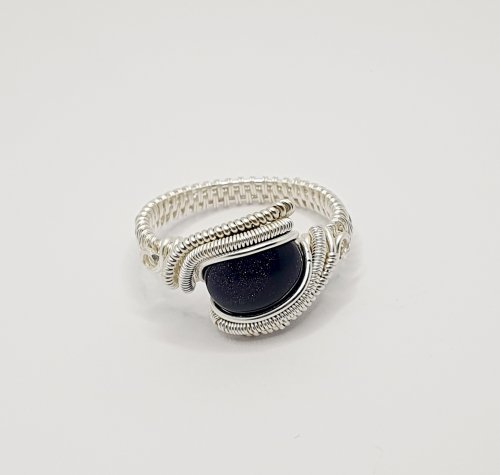
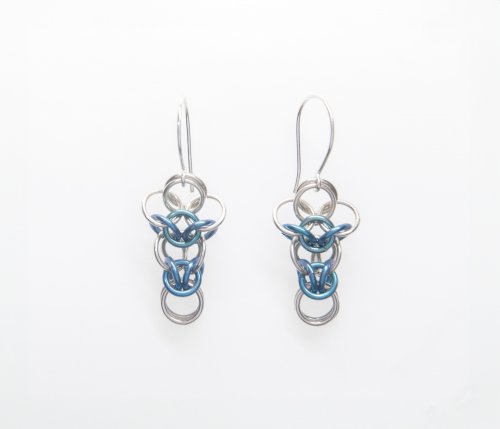
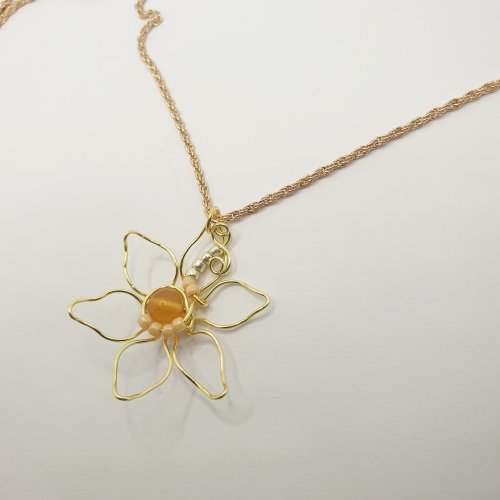

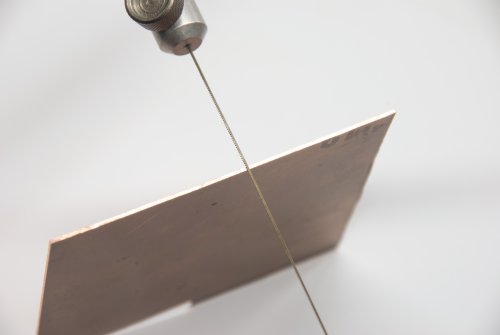
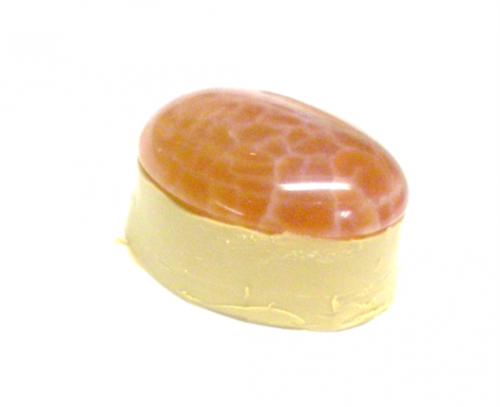
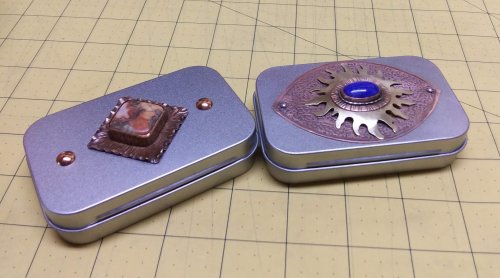
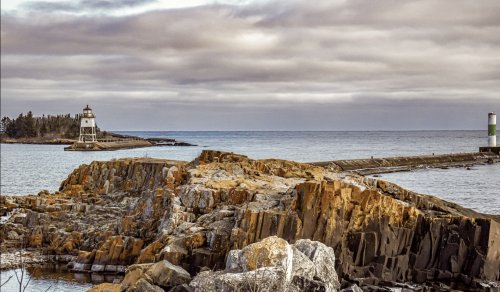
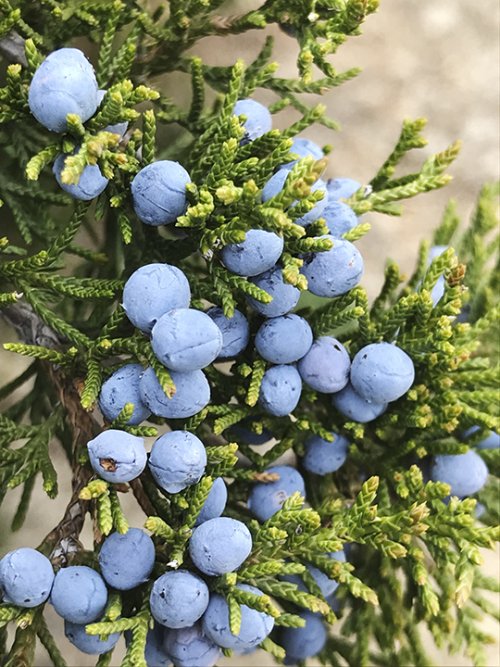
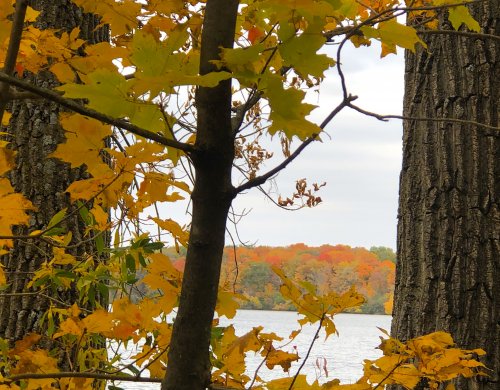

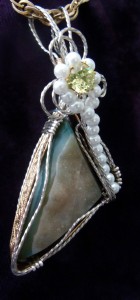

 About Jewelry Chain- About Ball Chain
About Jewelry Chain- About Ball Chain About Jewelry Chain- Snake Chain and Omega Chain
About Jewelry Chain- Snake Chain and Omega Chain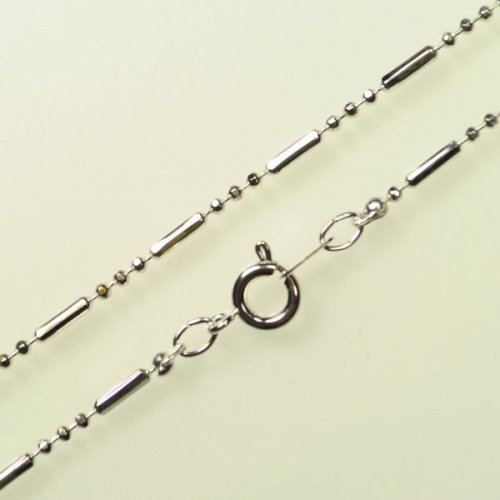 About Jewelry Chain- Bar Chain and Peanut Chain
About Jewelry Chain- Bar Chain and Peanut Chain About Jewelry Chain - Cable Chain and Rolo Chain
About Jewelry Chain - Cable Chain and Rolo Chain About Jewelry Chain- Curb Chain and Gourmette Chain
About Jewelry Chain- Curb Chain and Gourmette Chain About Jewelry Chain- Figaro Chain
About Jewelry Chain- Figaro Chain About Jewelry Chain- Infinity Chain and Anchor Chain
About Jewelry Chain- Infinity Chain and Anchor Chain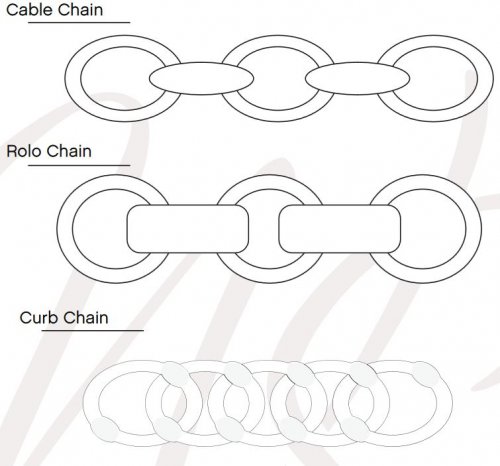 About Jewelry Chain- Chain Reference Sheet
About Jewelry Chain- Chain Reference Sheet About Jewelry Chain- Venetian Chain and Box Chain
About Jewelry Chain- Venetian Chain and Box Chain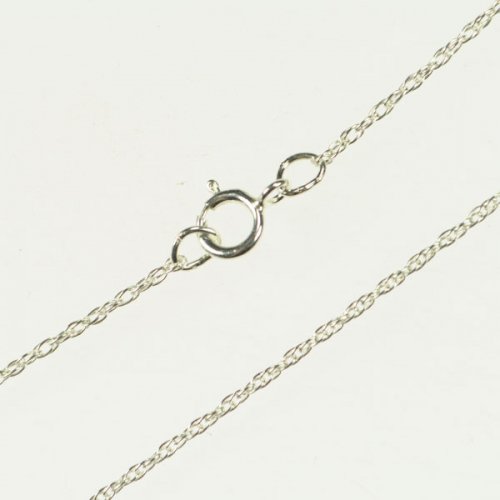 About Jewelry Chain- Wheat Chain and Rope Chain
About Jewelry Chain- Wheat Chain and Rope Chain Introduction to Chain
Introduction to Chain Access More Money by Making Jewelry When Your Prices Are Right
Access More Money by Making Jewelry When Your Prices Are Right An Introduction to Beads and Beading
An Introduction to Beads and Beading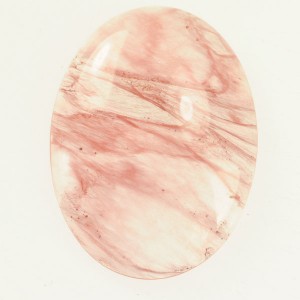 Common Gemstone Misconceptions
Common Gemstone Misconceptions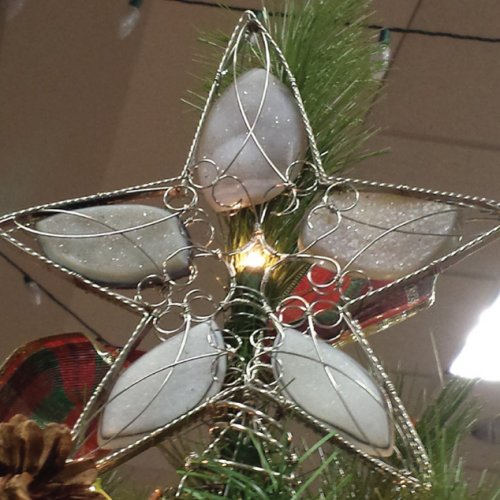 Wire Wrapped Christmas Tree
Wire Wrapped Christmas Tree How To Polish Metal Jewelry using a Rotary Tumbler
How To Polish Metal Jewelry using a Rotary Tumbler How To Polish Your Own Rocks using a Rotary Rock Tumbler
How To Polish Your Own Rocks using a Rotary Rock Tumbler How to Merchandise Your Jewelry on the Internet
How to Merchandise Your Jewelry on the Internet How to Use Twitter as a Wire Jewelry Artist
How to Use Twitter as a Wire Jewelry Artist 20 Ideas to get your Jewelry Biz Busy
20 Ideas to get your Jewelry Biz Busy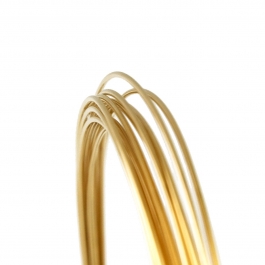 Watching the Precious Metals Market
Watching the Precious Metals Market Jewelry Design Ideas - Get Inspired
Jewelry Design Ideas - Get Inspired Measuring Tools
Measuring Tools July Birthstone - The Ruby
July Birthstone - The Ruby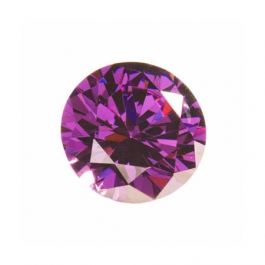 February Birthstone- Amethyst
February Birthstone- Amethyst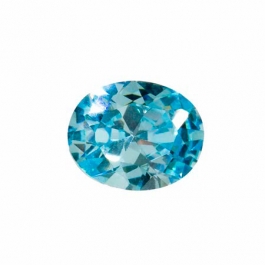 March Birthstone - Aquamarine and Bloodstone
March Birthstone - Aquamarine and Bloodstone September Birthstone - Sapphire
September Birthstone - Sapphire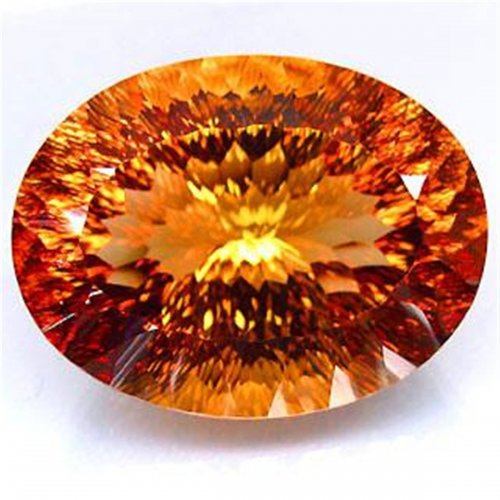 November Birthstones - Topaz and Citrine
November Birthstones - Topaz and Citrine October Birthstones - Rose Zircon, Pink Tourmaline and Opal
October Birthstones - Rose Zircon, Pink Tourmaline and Opal April Birthstone - The Diamond
April Birthstone - The Diamond August Birthstone - Peridot and Sardonyx
August Birthstone - Peridot and Sardonyx June Birthstones - Alexandrite, Pearl and Moonstone
June Birthstones - Alexandrite, Pearl and Moonstone Metalsmithing
Metalsmithing Featured Tool - Mini TruStrike Hammers
Featured Tool - Mini TruStrike Hammers Natural Jasper Stones - Cabochon Gemstones
Natural Jasper Stones - Cabochon Gemstones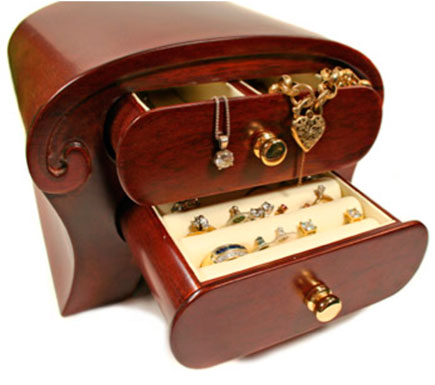 Organize Your Jewelry Box
Organize Your Jewelry Box Pearls- It's a Cultural Thing
Pearls- It's a Cultural Thing Soldering 101
Soldering 101 Starting Your Own Home Jewelry Business
Starting Your Own Home Jewelry Business The Art of Creating Chainmail
The Art of Creating Chainmail Why Should I Be Using Facebook
Why Should I Be Using Facebook Make Handmade Neck Cords on a Dime
Make Handmade Neck Cords on a Dime Tagging Handmade Jewelry Gifts
Tagging Handmade Jewelry Gifts Share Your Expertise with Your Community
Share Your Expertise with Your Community Creating Color Schemes for Jewelry Making
Creating Color Schemes for Jewelry Making Bronze, Brass, Nickel Silver and Copper Base Metals
Bronze, Brass, Nickel Silver and Copper Base Metals Gemstone Treatments
Gemstone Treatments How Wire is Made
How Wire is Made Beading A-B-C's
Beading A-B-C's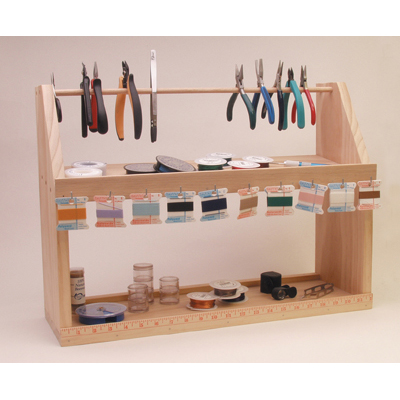 How to Set Up Your Workspace
How to Set Up Your Workspace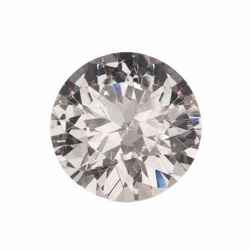 Gem Profile- Diamond
Gem Profile- Diamond Gem Profile- Peridot
Gem Profile- Peridot Gem Profile- Goldstone
Gem Profile- Goldstone Gem Profile- Cryptocrystalline Quartz Introduction
Gem Profile- Cryptocrystalline Quartz Introduction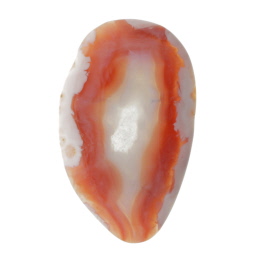 Gem Profile- Banded Agate and Brecciated Agate
Gem Profile- Banded Agate and Brecciated Agate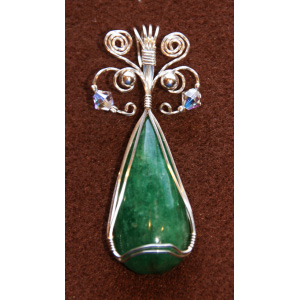 Gem Profile- Emerald
Gem Profile- Emerald Gem Profile- Titanite or Sphene
Gem Profile- Titanite or Sphene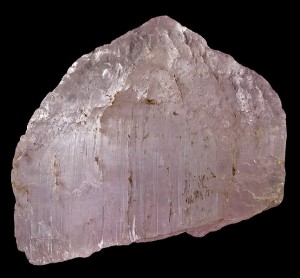 Gem Profile- Morganite
Gem Profile- Morganite Gem Profile- Desert Rose
Gem Profile- Desert Rose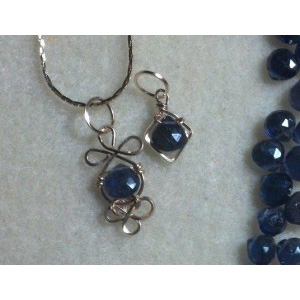 Gem Profile- Iolite
Gem Profile- Iolite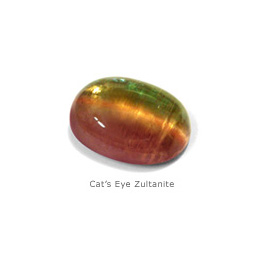 Gem Profile- Zultanite
Gem Profile- Zultanite Gem Profile- Maw Sit Sit
Gem Profile- Maw Sit Sit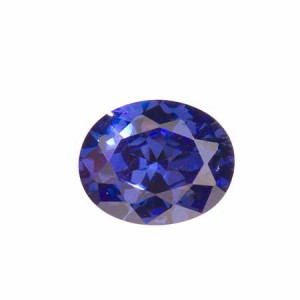 Gem Profile- Tanzanite
Gem Profile- Tanzanite Gem Profile- Aquamarine
Gem Profile- Aquamarine Gem Profile- Turquoise
Gem Profile- Turquoise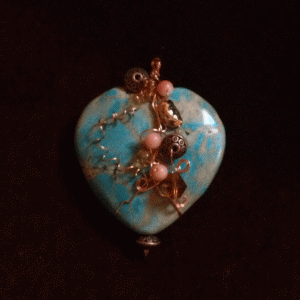 Gem Profile- Turquoise Types
Gem Profile- Turquoise Types Gem Profile- What's Druze
Gem Profile- What's Druze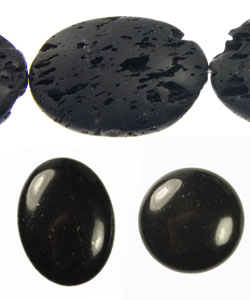 Gem Profile- Basalt
Gem Profile- Basalt Gem Profile- Fordite
Gem Profile- Fordite Gem Profile- Variscite
Gem Profile- Variscite Gem Profile- Pearls
Gem Profile- Pearls Gem Profile- Onyx
Gem Profile- Onyx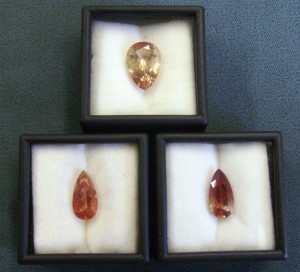 Gem Profile- Sunstone
Gem Profile- Sunstone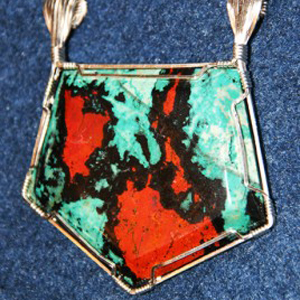 Gem Profile- Sonora Sunrise
Gem Profile- Sonora Sunrise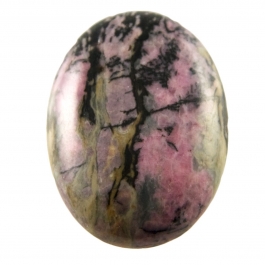 Gem Profile- Rhodonite
Gem Profile- Rhodonite Gem Profile- Glass, Crystal and Quartz
Gem Profile- Glass, Crystal and Quartz Gem Profile- Psilomelane
Gem Profile- Psilomelane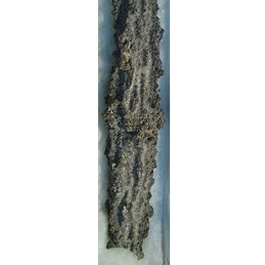 Gem Profile- Fulgurite
Gem Profile- Fulgurite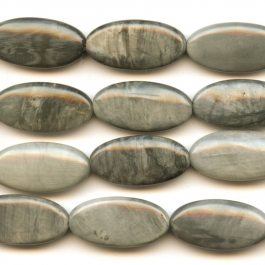 Gem Profile- Cat's Eye
Gem Profile- Cat's Eye Gem Profile- Carnelian
Gem Profile- Carnelian Gem Profile- Petoskey Stones and Indonesian Fossil Coral
Gem Profile- Petoskey Stones and Indonesian Fossil Coral Gem Profile- Rutilated Quartz
Gem Profile- Rutilated Quartz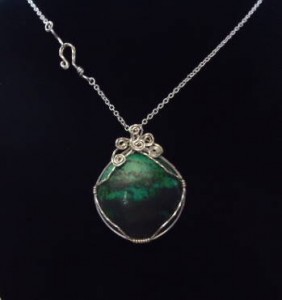 Gem Profile- Chrysocolla
Gem Profile- Chrysocolla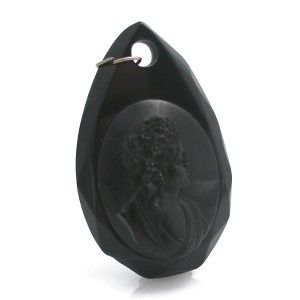 Gem Profile- Jet
Gem Profile- Jet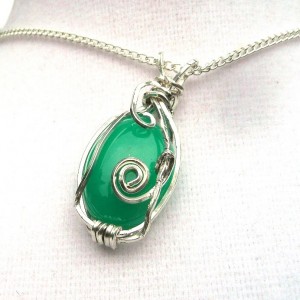 Gem Profile- Chrysoprase
Gem Profile- Chrysoprase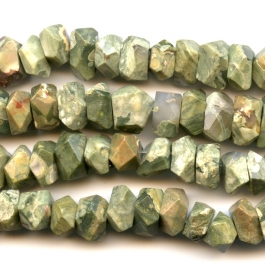 Gem Profile- Rhyolite
Gem Profile- Rhyolite Gem Profile- Chalcedony
Gem Profile- Chalcedony Gem Profile- Lepidolite and Sugilite
Gem Profile- Lepidolite and Sugilite Gem Profile- Unakite
Gem Profile- Unakite Gem Profile- Cowrie Shells, Conch Shells, and Drilling Shells
Gem Profile- Cowrie Shells, Conch Shells, and Drilling Shells Gem Profile- Mother of Pearl
Gem Profile- Mother of Pearl Gem Profile- Moss Agate and Plume Agate
Gem Profile- Moss Agate and Plume Agate Gem Profile- Thundereggs and Mexican Lace Agate
Gem Profile- Thundereggs and Mexican Lace Agate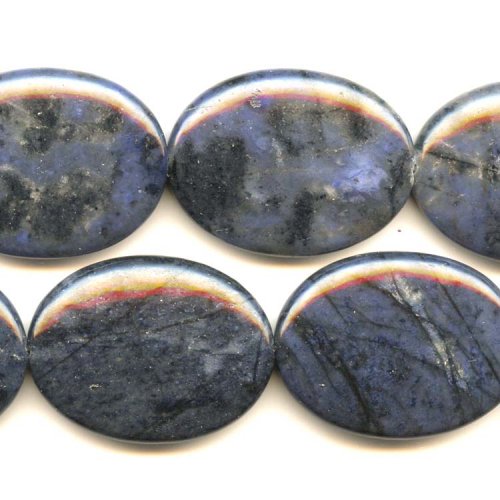 Gem Profile- Dumortierite
Gem Profile- Dumortierite Gem Profile- Apatite
Gem Profile- Apatite Gem Profile- Blue Topaz
Gem Profile- Blue Topaz Gem Profile- Aragonite
Gem Profile- Aragonite Gem Profile- Topaz
Gem Profile- Topaz Gem Profile- Howlite
Gem Profile- Howlite Gem Profile- Sodalite
Gem Profile- Sodalite Gem Profile- Magnesite
Gem Profile- Magnesite Gem Profile- Cuprite
Gem Profile- Cuprite Gem Profile- Nuummite
Gem Profile- Nuummite Gem Profile- Bronzite
Gem Profile- Bronzite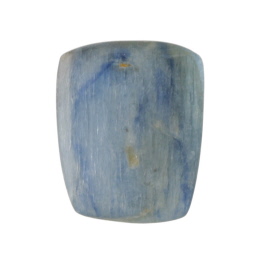 Gem Profile- Kyanite
Gem Profile- Kyanite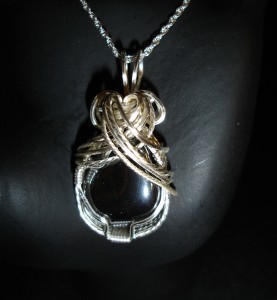 Gem Profile- Hematite
Gem Profile- Hematite Gem Profile- Derbyshire Blue John
Gem Profile- Derbyshire Blue John Gem Profile- Eilat Stone
Gem Profile- Eilat Stone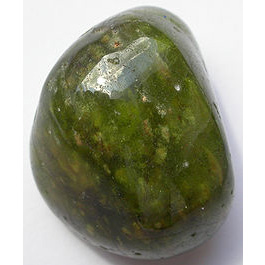 Gem Profile- Vesuvianite
Gem Profile- Vesuvianite Gem Profile- Strontium Titanate -Fabulite
Gem Profile- Strontium Titanate -Fabulite Gem Profile- Tourmaline
Gem Profile- Tourmaline Gem Profile- Larimar
Gem Profile- Larimar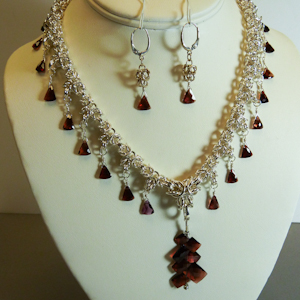 Gem Profile- Garnet
Gem Profile- Garnet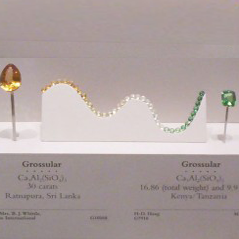 Gem Profile- Tsavorite and Green Garnets
Gem Profile- Tsavorite and Green Garnets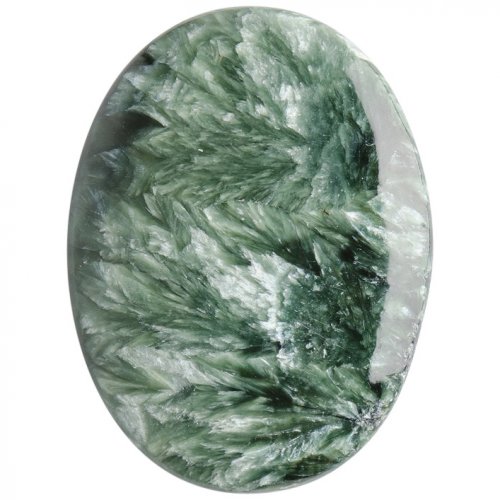 Gem Profile- Seraphinite
Gem Profile- Seraphinite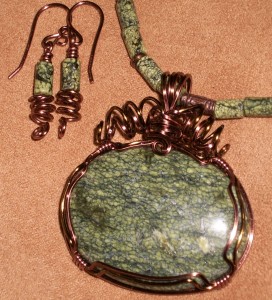 Gem Profile- Serpentine
Gem Profile- Serpentine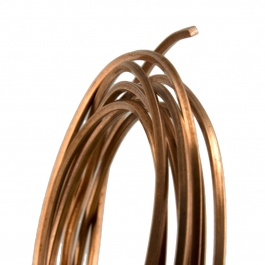 American Wire Gauge
American Wire Gauge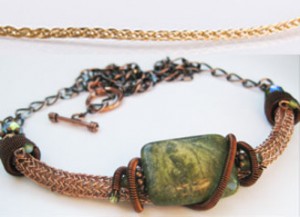 Viking Knit and Spool Knit Chain
Viking Knit and Spool Knit Chain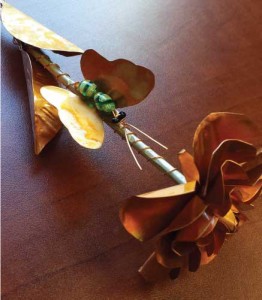 Copper Roses
Copper Roses How to Make Medical ID Bracelets Special
How to Make Medical ID Bracelets Special Remembering the Fallen
Remembering the Fallen 6 Ways to Find Your Uniqueness in Jewelry
6 Ways to Find Your Uniqueness in Jewelry Gem Profile- Moissanite
Gem Profile- Moissanite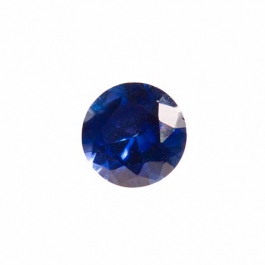 Birthstone Swarovski Colors
Birthstone Swarovski Colors Gem profile- Paua and Abalone
Gem profile- Paua and Abalone Tips for Tucson Shopping- Gem Show Secrets
Tips for Tucson Shopping- Gem Show Secrets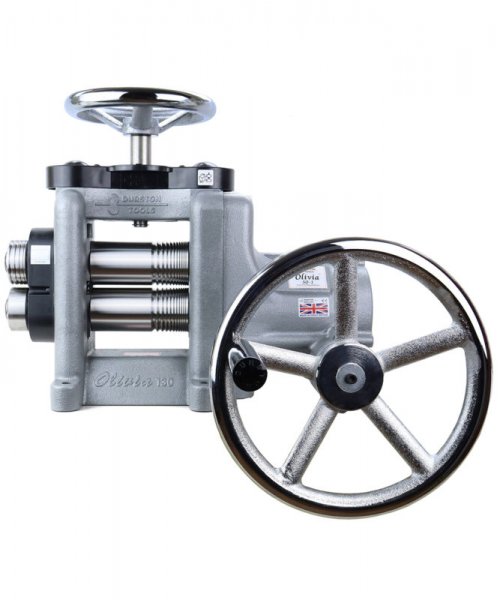 Durston Olivia Rolling Mills
Durston Olivia Rolling Mills How to Use a Jewelry Bench Polisher Effectively
How to Use a Jewelry Bench Polisher Effectively 
